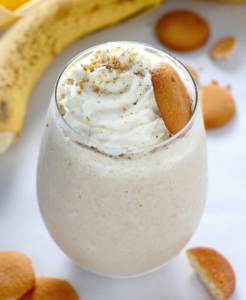Shake it UP
Blue Bird Rising
almond milk, blueberries, raisins, almonds, walnuts & honey
Splendid
almond milk, strawberries, dates, chia seeds & vanilla extract
Whole Hearted
almond milk, cantaloupe, banana, coconut butter, coconut, dates, cinnamon, almond butter & vanilla extract
Energize
almond Milk, coconut water, kale, banana, nut butter, dates & walnuts
Grazer
almond milk, banana, dates, nut butter, coconut, flax seeds & granola
San Diego Happiness
coconut milk, Greek yogurt, banana, nut butter, dates & coconut
Musculos
coconut milk, banana, blueberries, almond butter, protein blend
West Coast
coconut, water, kale, apple, lemon & ginger
Start Strong
coconut water, kale, spinach, celery, apple, chia seeds, flax seeds, dates, honey & spirulina
Sweetness
coconut milk, banana, orange, pineapple, nut butter & almonds
<- Immune, Inflammation, Infection ->
For Extra Boost Add:
– Bone broth
– Apple cider vinegar
– Collagen powder
– Carlson’s cod liver oil
– “Green Food”
– Bee products (local)
– Protein powder
*Use “unsweetened” milks and other products to keep sugars down.


